Recently, I received some questions from fellow flower lovers: "My goldfish plant's leaves have wilted, could it have gotten cold?" and "This plant looks beautiful, but is it hard to take care of?"
The goldfish plant is indeed very sensitive to the cold! Native to tropical regions, it thrives in warm environments, with an ideal growing temperature of 15-25°C. Once the temperature drops below 10°C, its leaves will start to yellow and wilt, feeling soft to the touch. If the temperature falls below 5°C, things can get serious—leaves will drop in large amounts, stems might freeze and turn black, and in severe cases, the entire plant could die. So, for friends in the north, it’s important to monitor the temperature as autumn sets in. Even in the south, don't let your guard down in winter, as occasional cold waves can still harm the plant.
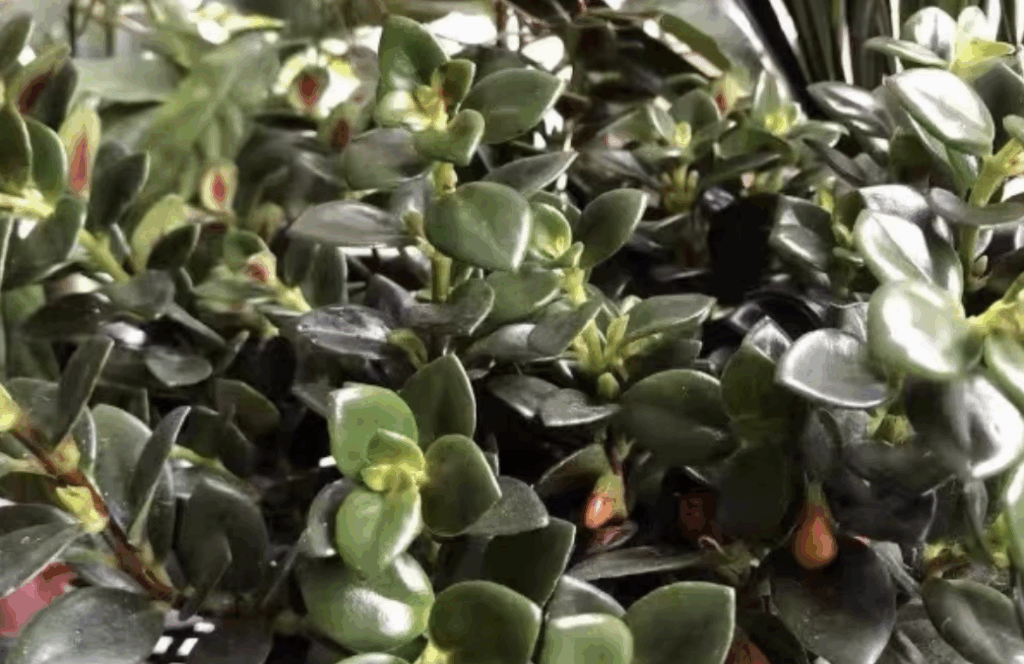
So, can the goldfish plant survive the winter? The answer is yes, but it requires careful care. To help it safely make it through the winter, there are three key things to do. First, "move the plant." After the frost, move it from windy spots like balconies and windowsills to an indoor location. Ideally, place it on a south-facing windowsill or near a radiator (but not directly next to it, as the heat might dry out the leaves). Ensure it gets 2-3 hours of sunlight each day—this will help prevent frost damage. Second, "control watering." In winter, the plant's growth slows down, and its water needs decrease. Water it once every 10-15 days. Before watering, check the soil—only water when the surface is completely dry, and use room temperature water. Avoid using cold tap water, as the temperature difference can stimulate the roots. Third, "don’t disturb it." Avoid repotting or fertilizing the plant during winter. Repotting can damage the roots, and it won’t absorb the fertilizer, which could even burn the roots. Just let it rest quietly until spring when temperatures stabilize above 15°C, and you can gradually resume regular care.
Lastly, to address the common question: Is the goldfish plant easy to care for? It’s actually not that difficult. For beginners, as long as you avoid two common mistakes, you'll likely succeed. The first mistake is "watering too much." The goldfish plant’s roots are delicate and prone to rot from overwatering. Don’t water it like you would a pothos. Only water when the surface soil is dry, and when watering, do it slowly around the edge of the pot to avoid water accumulating where the leaves and stems meet, which can cause rot. The second mistake is "incorrect lighting." The goldfish plant prefers "indirect light" and doesn’t do well with direct sunlight. If it’s placed in direct sunlight on a balcony during summer, the leaves will soon develop spots. However, don't keep it in a dark corner for too long either, as this can cause leggy growth and sparse leaves, preventing it from blooming. It’s best to place it in a well-lit area with bright, indirect light, like a living room or study.
Here’s a little tip for beginners: To help it grow vigorously and bloom more, you can occasionally spray water on the leaves (2-3 times a week in summer, but avoid spraying in winter) to maintain humidity in the air, which will make the leaves greener. During the spring and autumn growing seasons, apply diluted compound fertilizer every 2-3 weeks to help the stems grow strong and encourage fuller blooms of the "little goldfish flowers."
In summary, the goldfish plant isn't overly fussy. As long as you keep it warm in winter and manage watering and lighting well, even beginners can successfully grow a lush, flowering plant. Next time someone asks you, "Is the goldfish plant easy to care for? Can it survive the winter?" you can share these tips with them—it’ll definitely work!

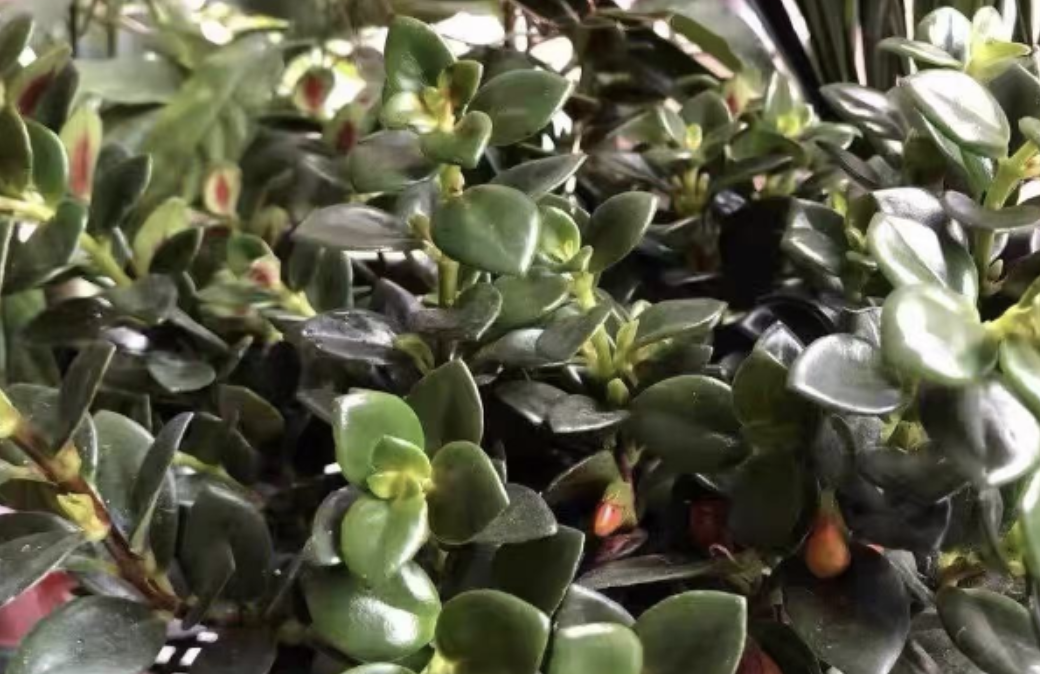
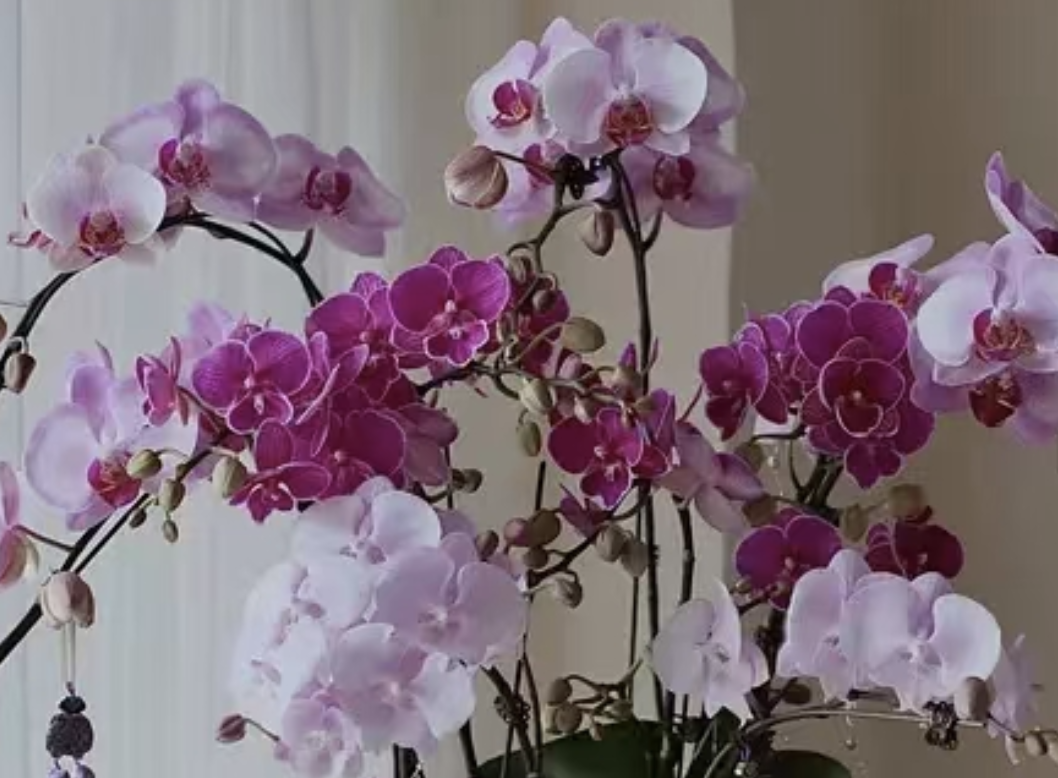
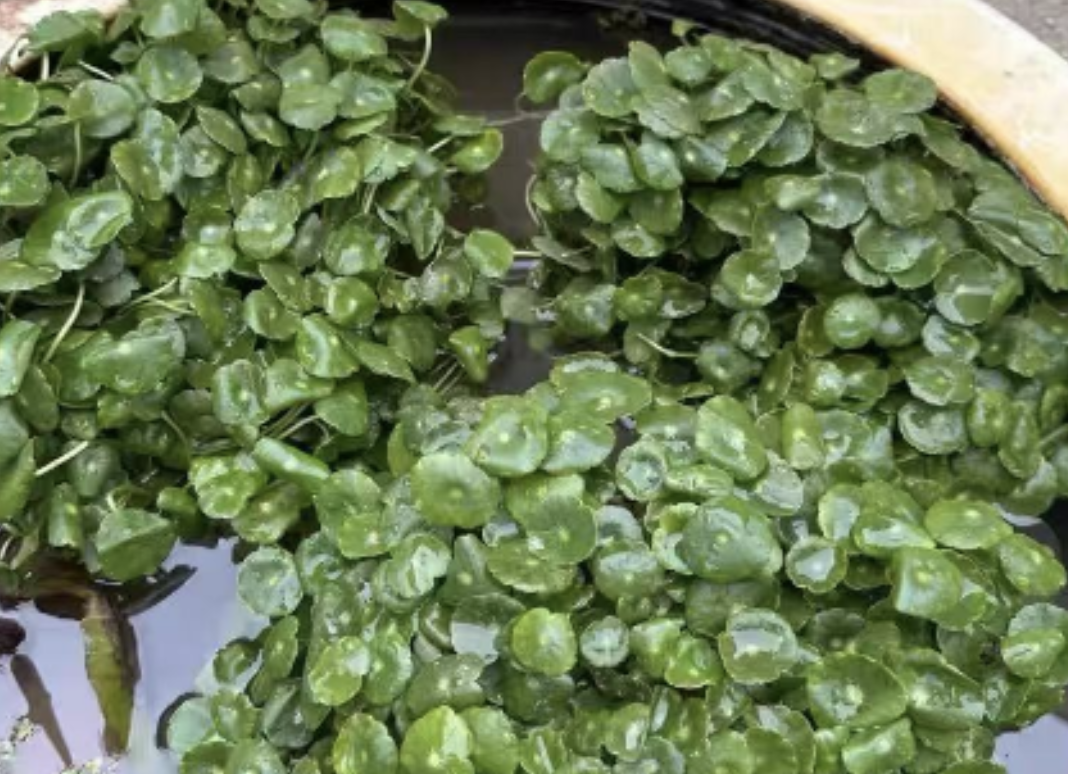
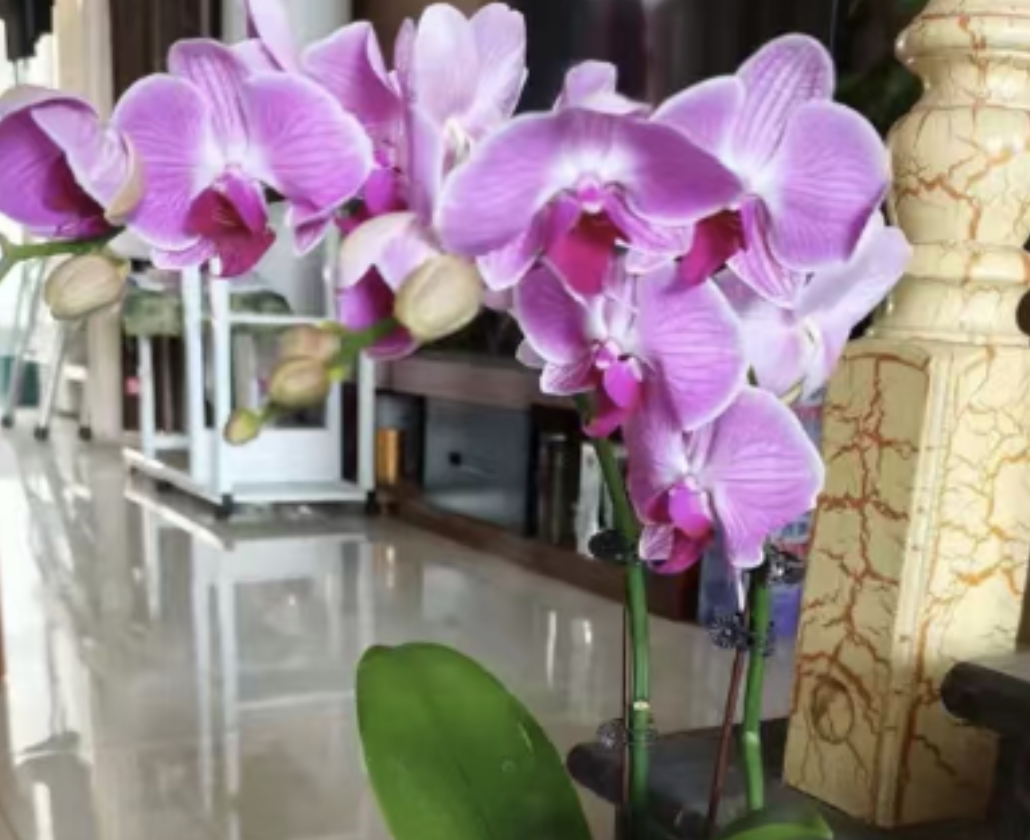
Leave a Reply